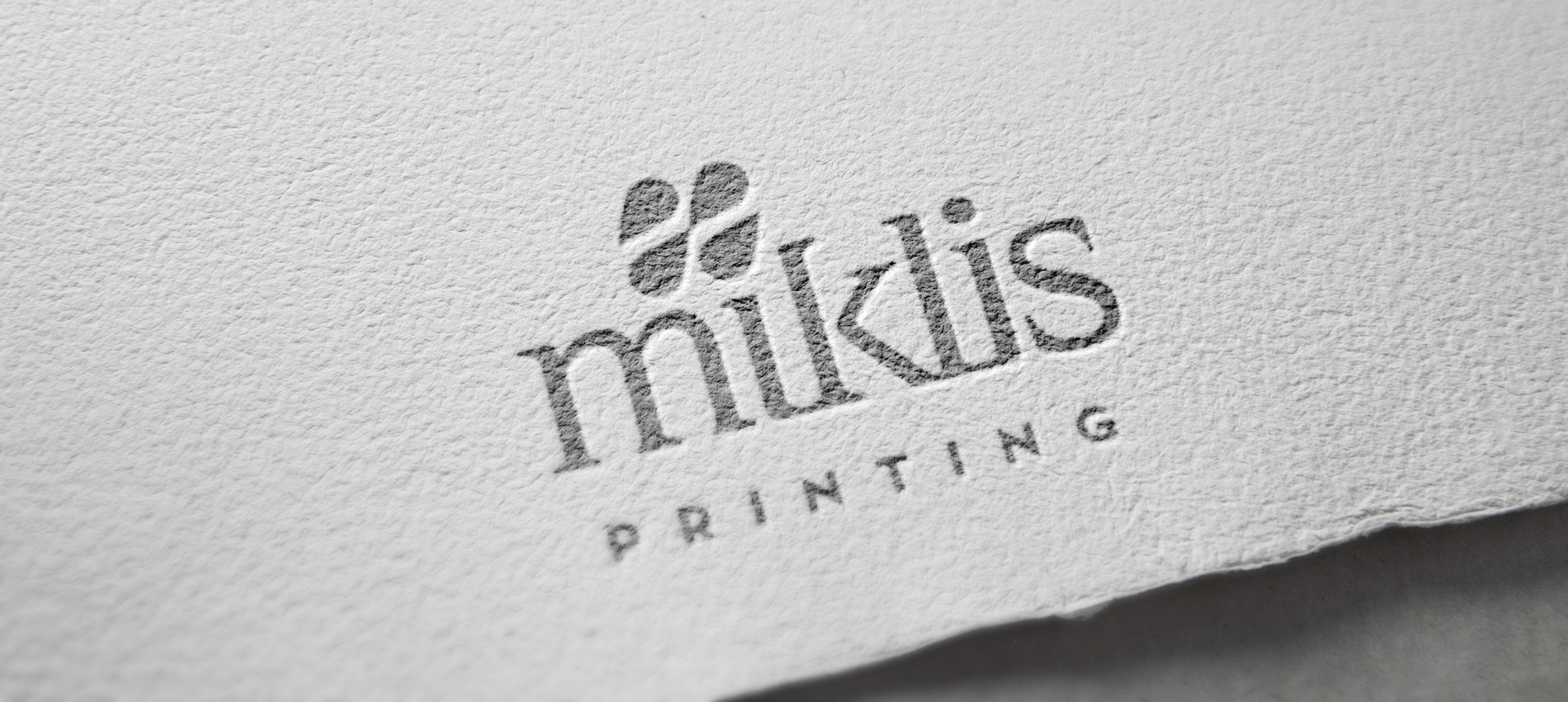Paper quality matters.
If you have ever noticed the difference that a slightly thicker-than-expected business card can make, or delighted in the slickness or texture to an invitation or flyer, then you understand the difference that the tactile sense of touch can make.
Conversely, choosing a cheap or project-inappropriate paper can contrast with the message you are sharing. By choosing the appropriate paper for your project, you can make a great impression on your clients and prospects.
With that in mind, you have a few choices to make regarding durability, yellowing, the ability to resist scuffing, and the sharpness quality if you are printing images.
Coated vs Uncoated Paper
When choosing the best paper for your project, keep in mind the difference between coated and uncoated paper. Coated paper can be matte/velvet/dull (providing a satin to dull look) or glossy (shiny) and will produce sharper images. Uncoated and unreflective paper is the best for writing on, so keep in mind the end use of the product. One thing to note: the duller the paper finish the easier it is to scuff or mark.
For projects requiring a cover, we recommend using a heavier weight with a glossy finish that provides an extra protective layer and beautiful aesthetic.
Paper Weight
The common weights for text paper is 60-lb to 100-lb. The higher the weight number, the thicker and stiffer the paper. Weighted paper is heavier, so if you are going to mail your final product, this is a consideration to keep in mind, as it may increase your shipping costs. However, keep in mind that a heavier paper can signify professionalism and quality.
The durability of your paper is crucial if you have a project that will be exposed to the elements, be heavily-handled, or needs to be waterproof (unless the stock is a plastic base since no paper is truly waterproof).
Brightness Levels
The brightness level of your paper is also a factor to take into consideration. Printer paper typically has a brightness level in the high 80s to 90s. The higher the number, the brighter the paper. For images, choose a higher brightness level to make your graphics stand out.
When choosing the color of your paper, it is important to note that off-white paper is often used for novels and books, while a brighter white is used for textbooks, and ivory is a beautiful choice for a resume. The final look of your project will determine which shade you choose.
Material and Considerations
Paper comes in recycled forms, so if you are concerned with your carbon footprint, there are environmentally-friendly options, but this may come at a higher price point.
At Miklis, we partner with you to make sure that your printed projects are perfect for your needs. We’ll help you choose the right paper type, color, brightness, and durability to ensure a quality, visually-aesthetic, compelling product.

